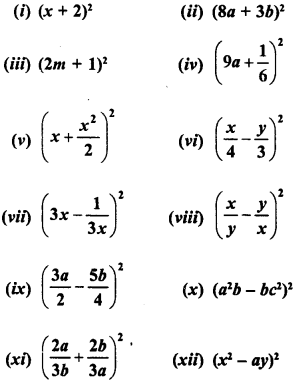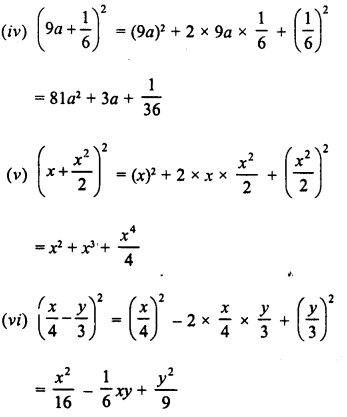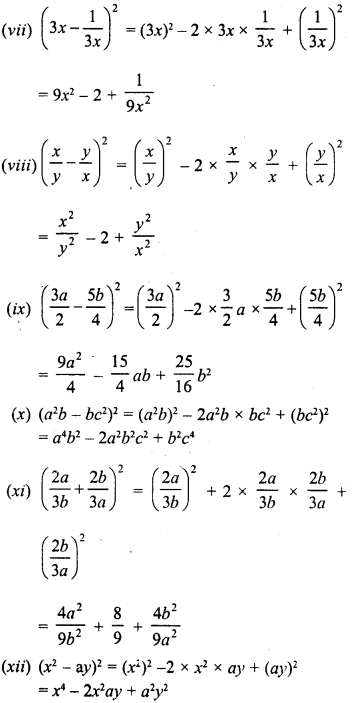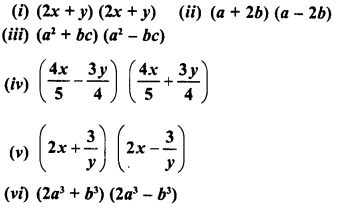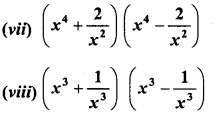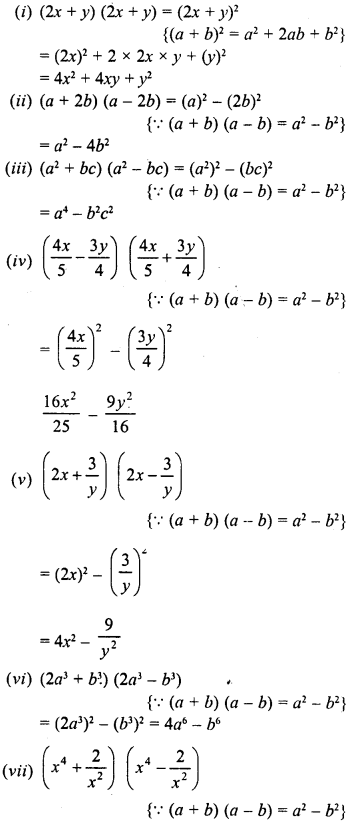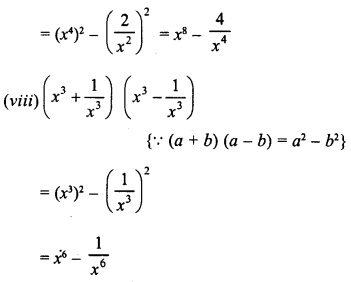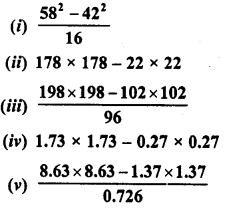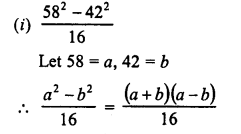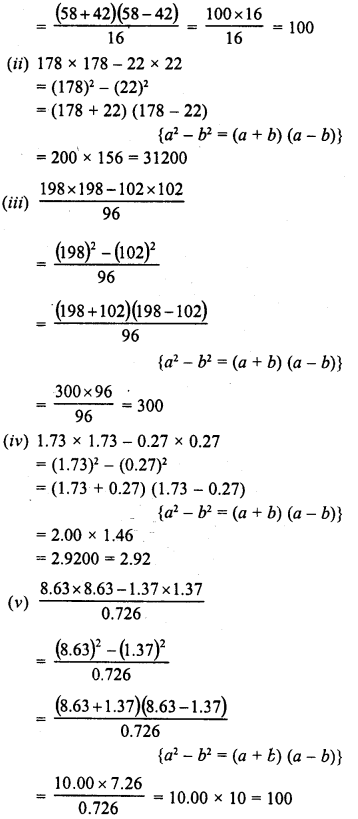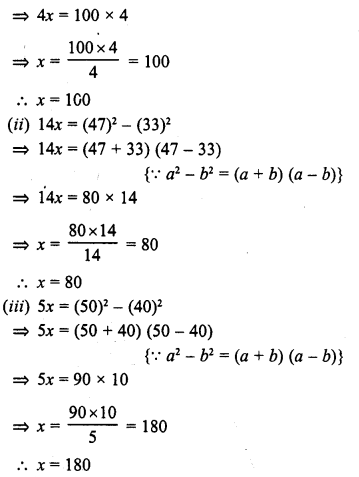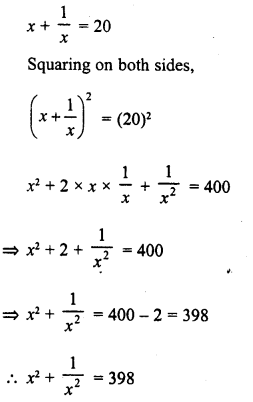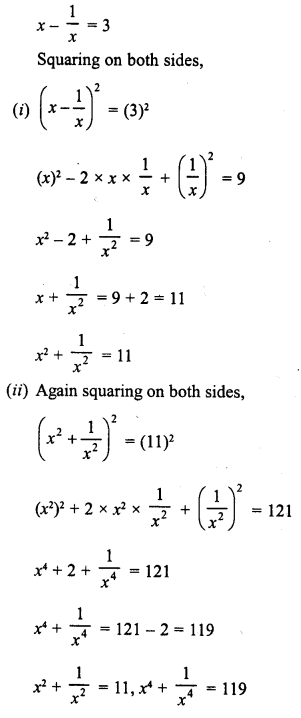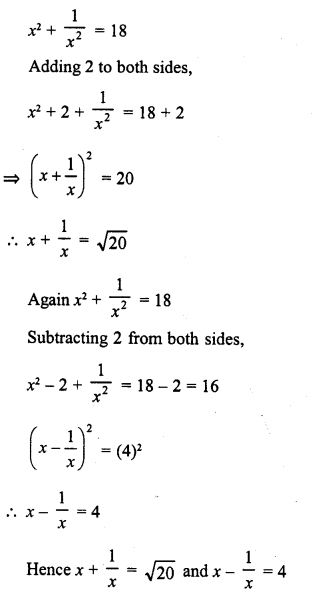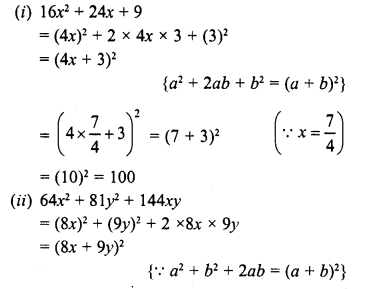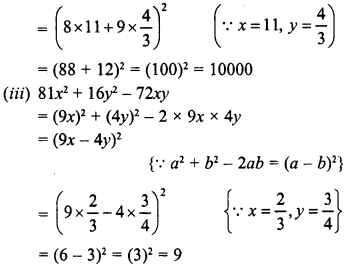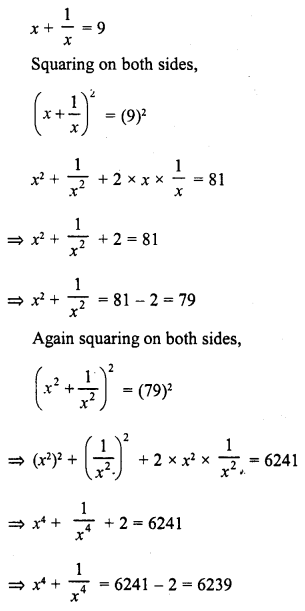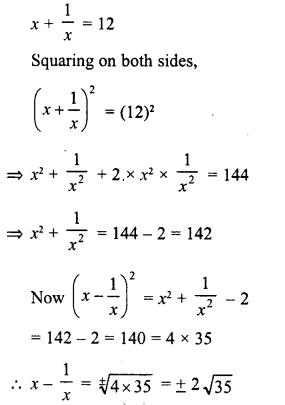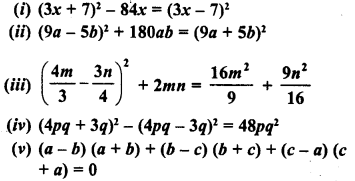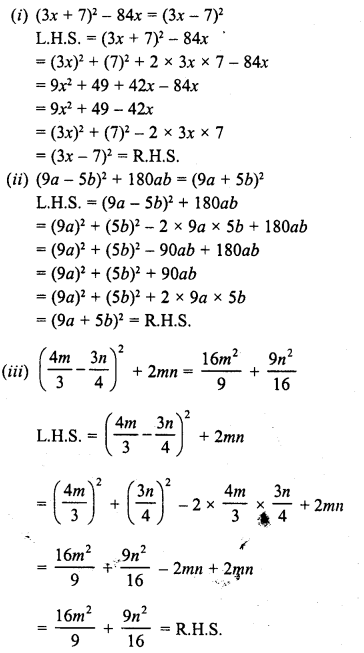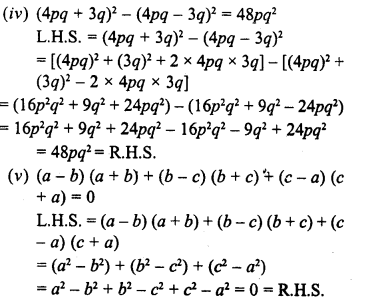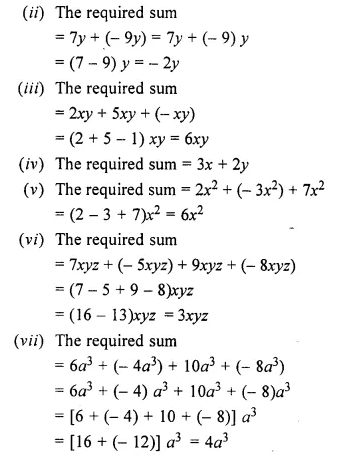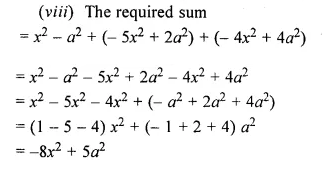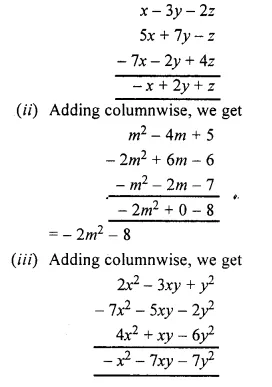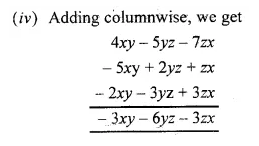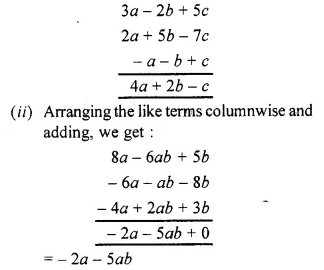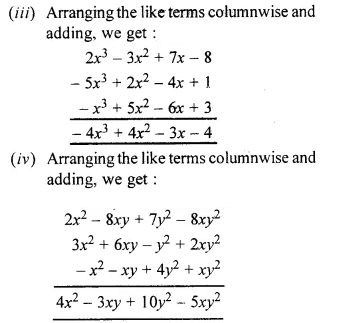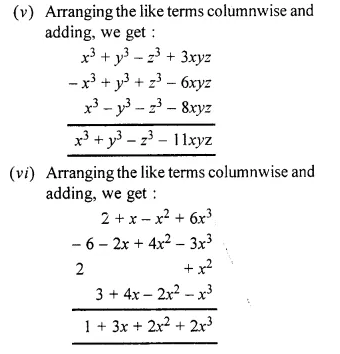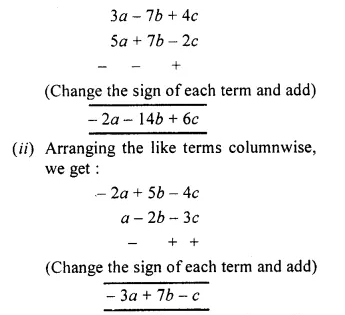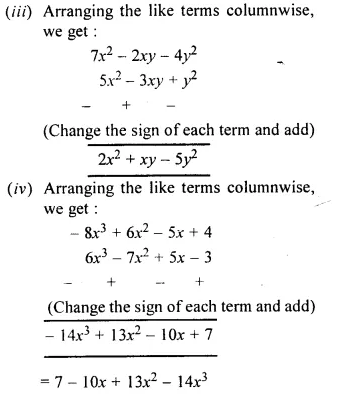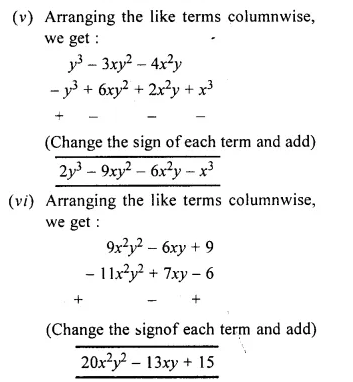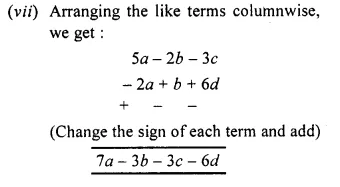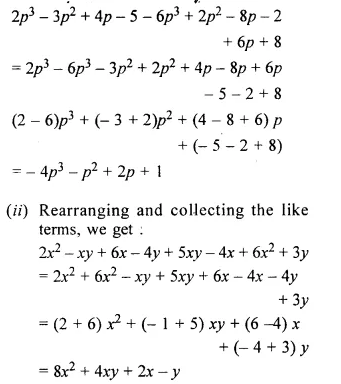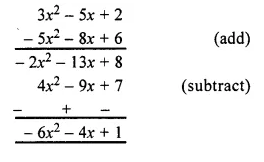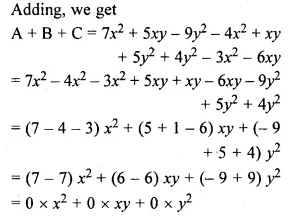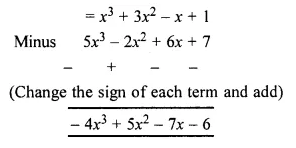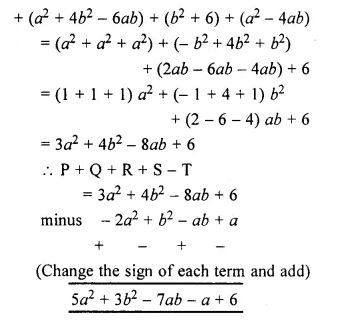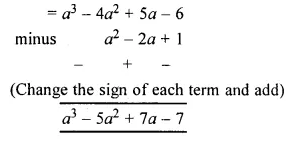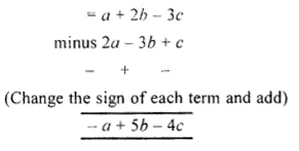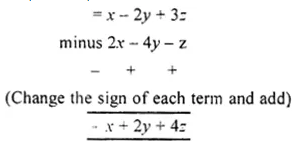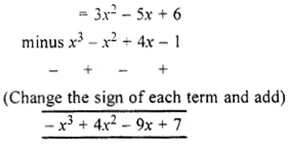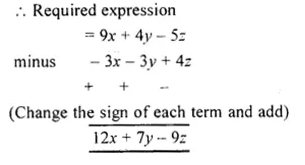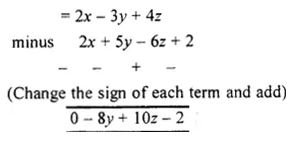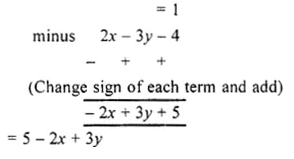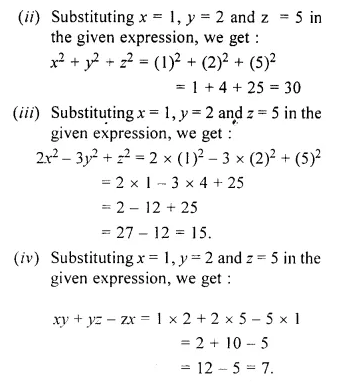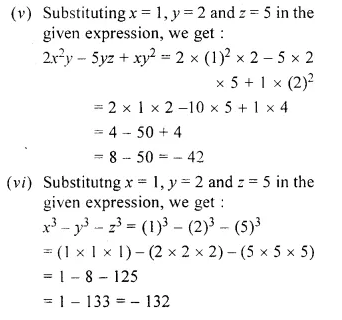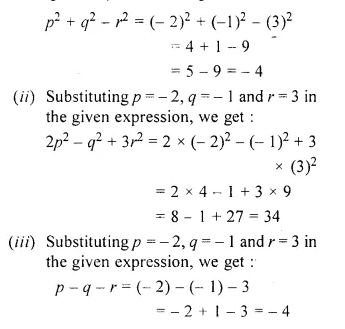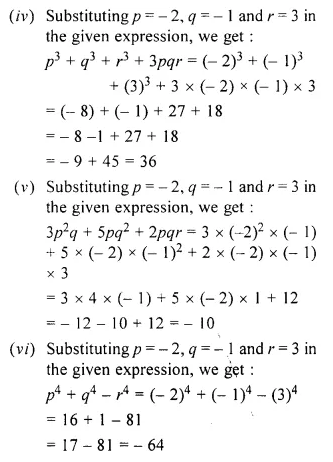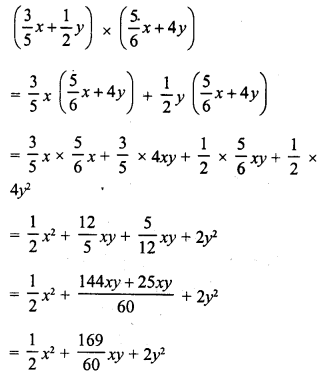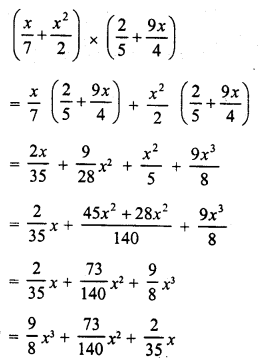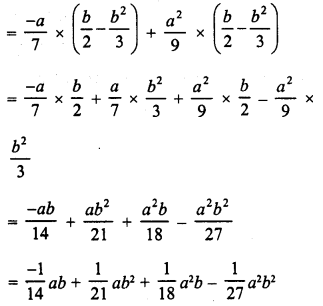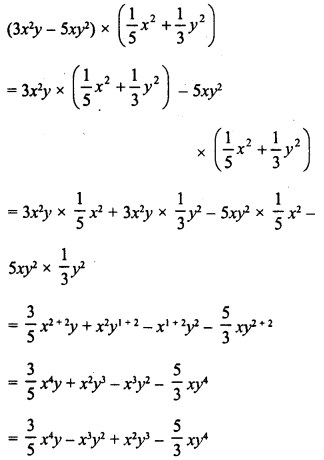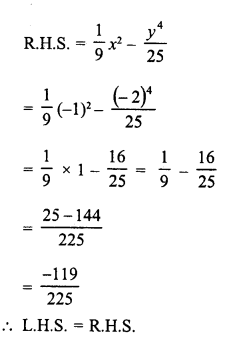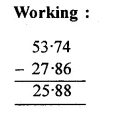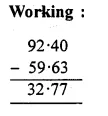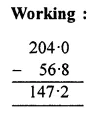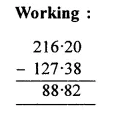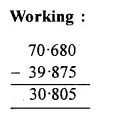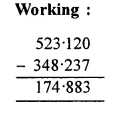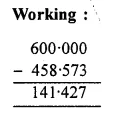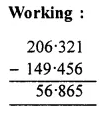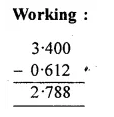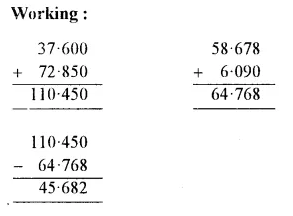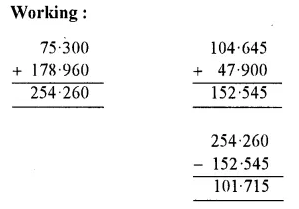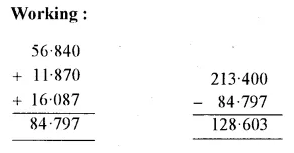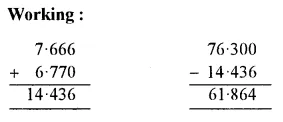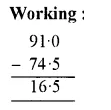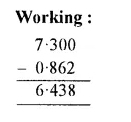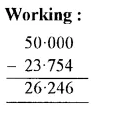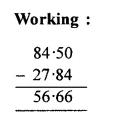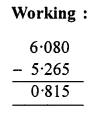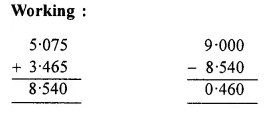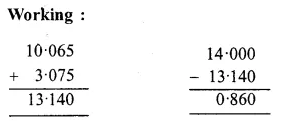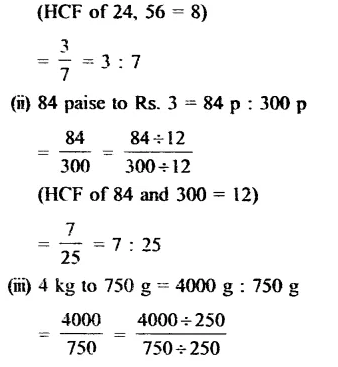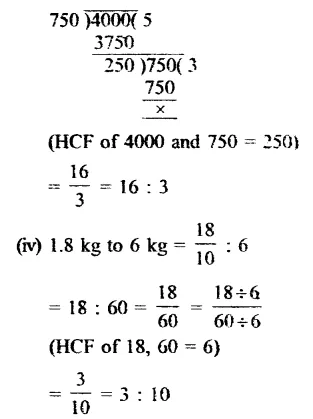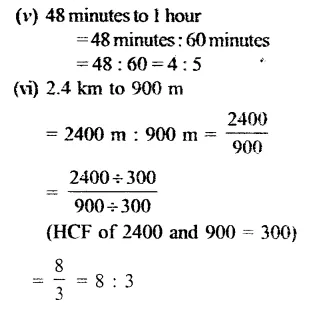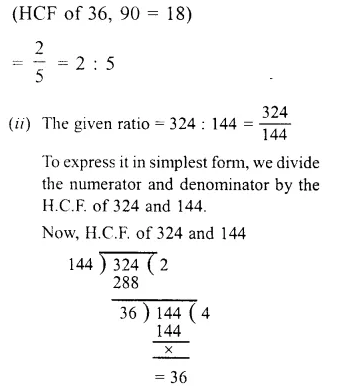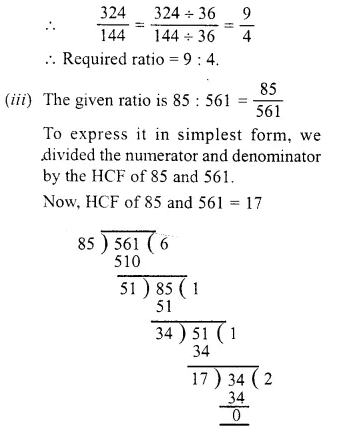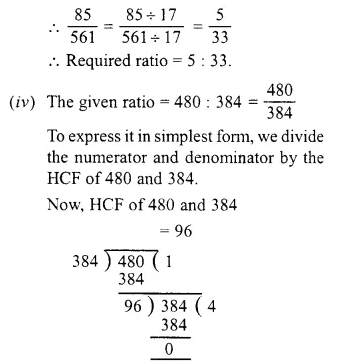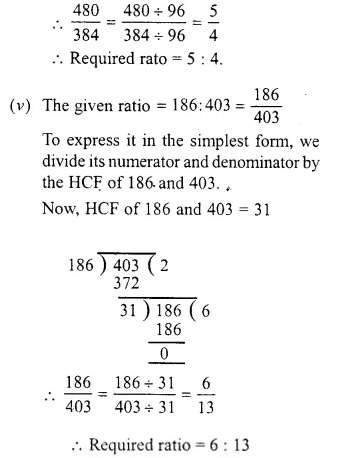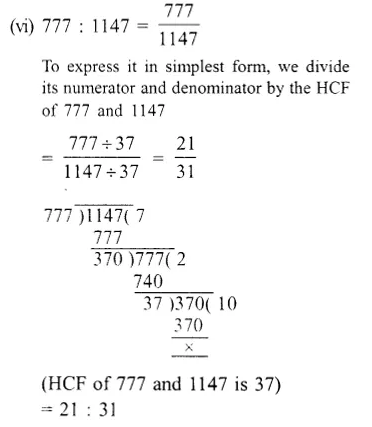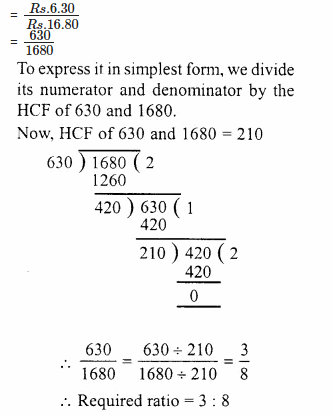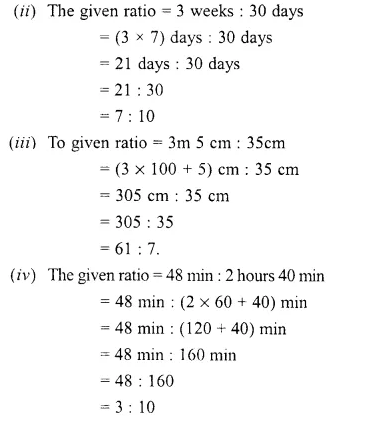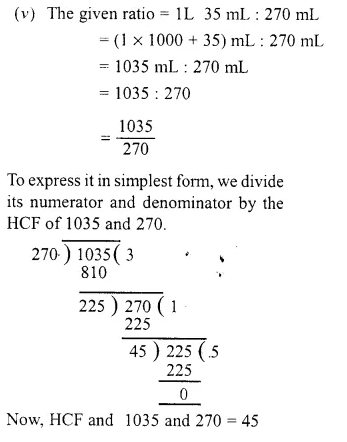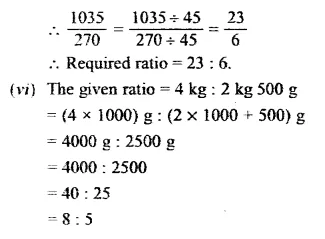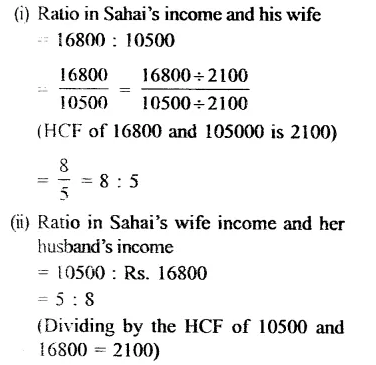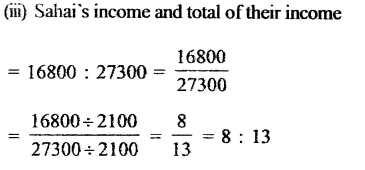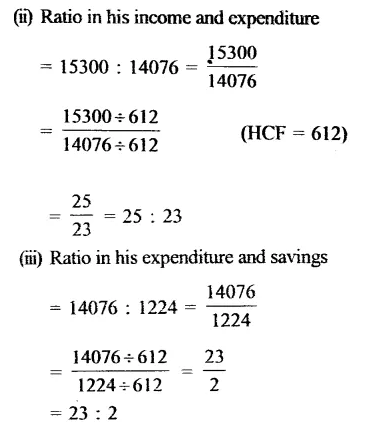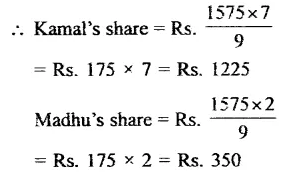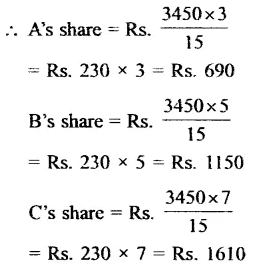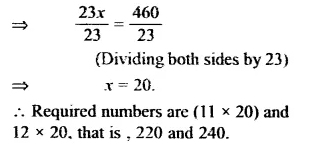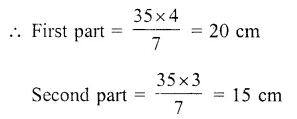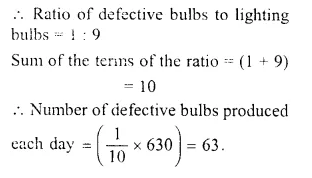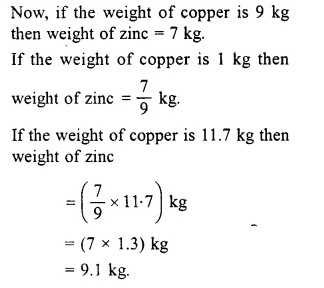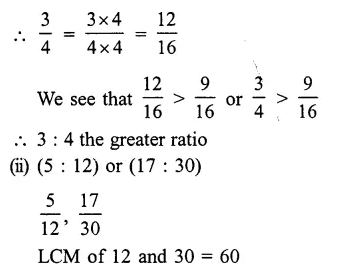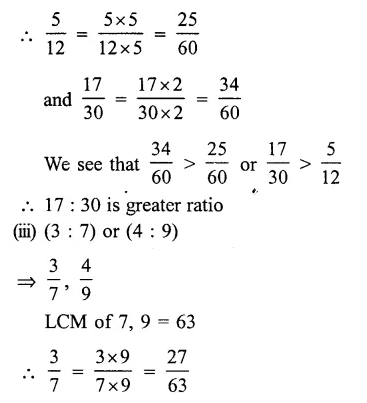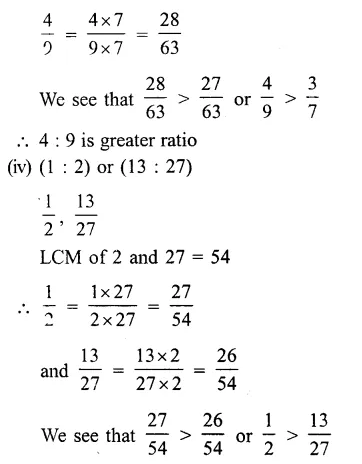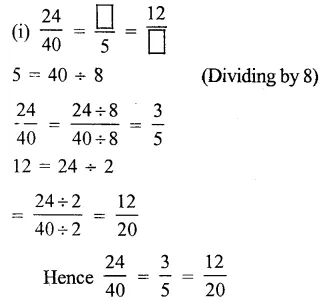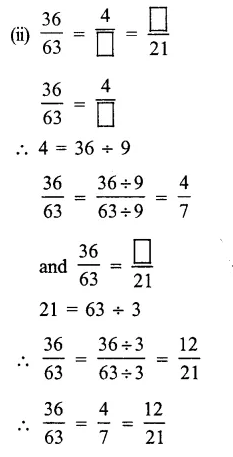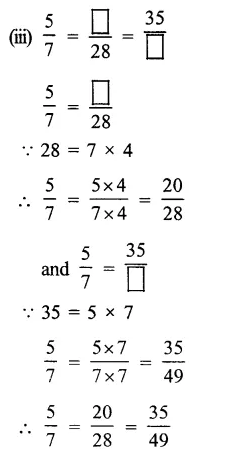CA Foundation Business Economics Study Material Chapter 3 Theory of Production and Cost – Law of Variable Proportions
Law of Variable Proportions
- The Law of Variable Proportions examines the production function i.e. the input-output relation in short run where one factor is variable and other factors of production are fixed.
- In other words, it examines production function when the output is increased by varying the quantity of one input.
- Thus, the law examines the effect of change in the proportions between fixed and variable factor inputs on output in three stages viz. Increasing returns, diminishing returns and negative returns.
Statement of the Law :-
“As the proportion of one factor in a combination of factors is increased, after a point first the marginal and then the average product of that factor will diminish”. (F. Benhan)
The law operates under some assumptions which are as follows:-
- There is only one factor which is variable. All other factors remain constant.
- All units of variable factor are homogeneous
- It is possible to change the proportions in which the various factors are combined.
- The state of technology is given and is constant.
The three stages of the law can be explained with the help of the following schedule and diagram.

Stage I: The Law of Increasing Returns to Factor –
- During this stage, total product (TP) increases at an increasing rate upto the point of inflexion ‘I’ and thereafter it increases at diminishing rate.
- This is because marginal product (MP) of the variable factor increases upto point ‘M’ on MP curve and then start falling.
- Rising MP also pulls up average product (AP), which goes on rising, in the first stage.
- Rising AP indicates increase in the efficiency of variable factor i.e. labour.
- Stage I ends where AP is maximum and is equal to MP as shown by point ‘C’ in the diagram.
The law of increasing returns operates because of the following two reasons:
1. Indivisibility of fixed factors
- Due to indivisibility, the quantity of fixed factors is more than the quantity of variable factors.
- So when the quantity of variable factors is increased to work with fixed factors, output increases speedily due to full and effective utilisation of fixed factors.
- In other words, efficiency of fixed factors increases.
2. Efficiency of Variable Factor Increases
Due to increase in the quantity of variable factor, it becomes possible to introduce DIVISION OF LABOUR leading to SPECIALISATION. This results in more output per worker.
Stage II: The Law of Diminishing Returns to Factor –
- In second stage, TP continues to increase at diminishing rate. It reaches the maximum at point ‘D’ in the diagram, where the second stage ends.
- In this stage, both AP and MP of variable factor are falling- though remains positive. That is why this stage is called as the stage of diminishing returns.
- At the end of this stage MP becomes, zero as shown by point ‘B’ in the diagram and corresponding to highest point ‘D’ on TP curve.
The law of diminishing returns operate due to the following two reasons:
1. Indivisibility of fixed factors
- Once the optimum proportion between indivisible fixed factors and variable factors is reached (as in Stage I) with any further increase in the quantity of Variable factor, the fixed factors become inadequate and are overutilised.
- The fine balance between fixed and variable factor gets disturbed. This causes AP and MP to diminish.
2. Imperfect Substitutability of factors
- Variable factors are not perfect substitute of fixed factors.
- The elasticity of substitution between factors is not infinite.
Stage III: The Law of Negative Returns to Factor –
- In third stage, TP falls and so, TP curve slopes downward. MP becomes negative and the MP curve goes below the X-axis. AP continues to fall.
- As the MP of variable factor becomes negative, this stage is called the stage of negative returns.
- In this stage the efficiency of fixed and variable factors fall and factor ratio becomes highly sub-optimal.
The law of negative returns operate due to the following reasons:
- The quantity of the variable factor becomes too excessive compared to fixed factors. They get in each other’s way and so TP falls and MP becomes negative.
- Too large number of variable factors also reduce the efficiency of fixed factors.
Conclusion -Where to operate?
- A rational firm will not produce either in Stage I or in Stage III.
- In stage I, the marginal product of fixed factor is negative as its quantity is more than variable factor.
- In stage III, the marginal product of variable factor is negative as its quantity is too large than fixed factor.
- Therefore, firm would seek to produce in Stage II where both AP and MP of Variable factor are falling.
- At which point to produce in this stage will depend on the prices of factor inputs.
